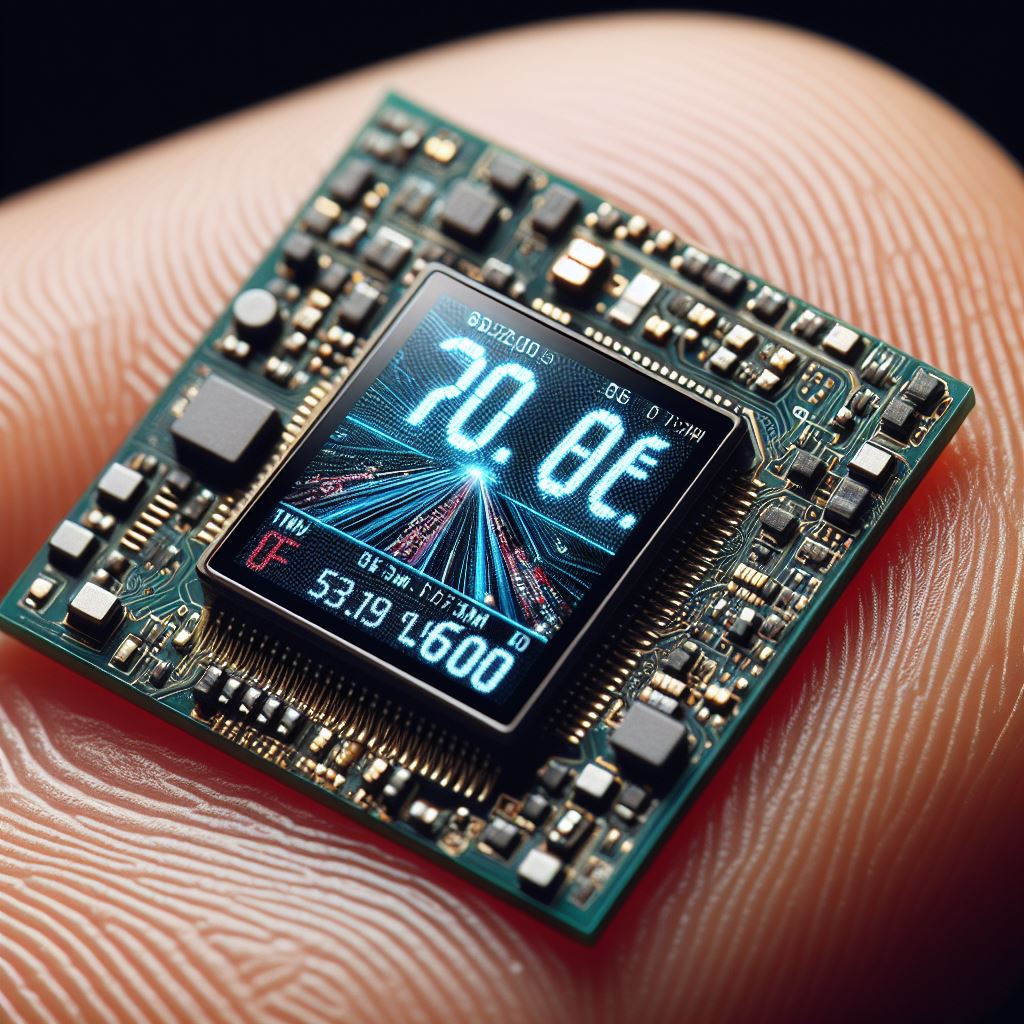The microdisplay industry is experiencing rapid technological advancements that are reshaping the landscape of display technologies. Microdisplays, which are tiny screens used in applications ranging from augmented reality (AR) and virtual reality (VR) to heads-up displays (HUDs) and wearable devices, are at the forefront of innovation. This article delves into the key technological advancements driving the microdisplay industry, their impact on various applications, and the future outlook for this dynamic field.
The microdisplay Industry is expected to reach USD 3.0 billion in 2029 from USD 1.3 billion in 2024, expanding at a CAGR of 18.2% during the forecast period. The increase in demand for microdisplays is due to the integration of displays into various devices such as wearables and near-to-eye devices. The market may grow due to factors such as technological improvements in microdisplays such as MicroLED and OLEDoS technology, miniaturization trend in consumer electronics, increased usage of HMDs across a number of sectors, and growing global adoption of ADAS and HUDs in automotive sector.
Key Technological Advancements in microdisplay Industry
- OLED Microdisplays
Organic Light Emitting Diode (OLED) technology is making significant strides in the microdisplay industry. OLED microdisplays offer superior contrast ratios, vibrant colors, and high brightness, which are essential for immersive visual experiences. Recent advancements in OLED microdisplays include improvements in pixel density and durability, making them increasingly suitable for high-end AR and VR applications.
- MicroLED Technology
MicroLED technology is another breakthrough in the microdisplay sector. MicroLEDs are tiny, self-emissive light sources that provide high brightness, excellent color accuracy, and energy efficiency. Compared to OLEDs, MicroLEDs offer longer lifespans and better performance in bright environments. Innovations in MicroLED manufacturing processes, such as improved pixel alignment and substrate technology, are driving the adoption of MicroLEDs in various display applications.
- LCoS (Liquid Crystal on Silicon) Advances
Liquid Crystal on Silicon (LCoS) technology is evolving to offer higher resolutions and better color performance. LCoS microdisplays are known for their high pixel densities and accurate color reproduction, making them ideal for use in high-resolution projectors and advanced HUDs. Recent advancements in LCoS technology include enhanced liquid crystal materials and improved optical systems, which contribute to better display quality and efficiency.
- MEMS (Micro-Electro-Mechanical Systems) Displays
MEMS-based microdisplays are gaining traction due to their unique mechanical and optical properties. MEMS displays use micro-mirrors to modulate light, enabling high-resolution and high-contrast images. Recent developments in MEMS technology include advancements in micromirror design and fabrication techniques, which enhance display performance and reduce manufacturing costs.
- Advanced Imaging Processing
Technological advancements in imaging processing are enhancing the performance of microdisplays. Improved algorithms and processing power enable more efficient handling of high-resolution images and complex visual effects. Innovations in image processing contribute to better color accuracy, reduced motion blur, and enhanced overall display quality.
Download PDF Brochure @ https://www.marketsandmarkets.com/pdfdownloadNew.asp?id=430

Impact on Various Applications
- Augmented Reality (AR) and Virtual Reality (VR)
In AR and VR applications, the demand for high-resolution and immersive displays is driving advancements in microdisplay technology. Enhanced OLED and MicroLED microdisplays provide the vibrant colors and high contrast ratios needed for realistic and engaging virtual experiences. Improvements in pixel density and field of view also contribute to more immersive AR and VR environments.
- Heads-Up Displays (HUDs)
Microdisplays are crucial for HUDs used in automotive and aviation applications. Advancements in LCoS and MEMS technologies enable higher resolution and clearer projections, enhancing the visibility and readability of critical information. This improvement in display quality contributes to better driver and pilot safety by providing real-time data without distracting from the primary view.
- Wearable Devices
Wearable devices, such as smart glasses and fitness trackers, benefit from the miniaturization and performance improvements in microdisplays. OLED and MicroLED technologies offer the brightness and color quality needed for clear and readable displays in various lighting conditions. Advances in microdisplay technology also contribute to longer battery life and more compact designs for wearable devices.
- Portable Projectors
Microdisplays are used in portable projectors for both personal and professional applications. Recent advancements in LCoS and MEMS technologies enhance the resolution and brightness of these projectors, making them suitable for high-quality presentations and entertainment on the go. Improved image processing also ensures sharp and vibrant projections in various environments.
Future Outlook of Microdisplay Industry
- Continued Miniaturization
The trend towards miniaturization is expected to continue, with microdisplays becoming even smaller and more efficient. Advances in fabrication techniques and material science will drive further reductions in size while maintaining or improving display quality.
- Enhanced Integration with AR and VR
As AR and VR technologies advance, the demand for high-performance microdisplays will increase. Future developments will focus on enhancing the integration of microdisplays with AR and VR systems, improving visual clarity, and creating more immersive experiences.
- Growth in Wearable and Consumer Electronics
The growth of wearable devices and consumer electronics will drive further innovation in microdisplay technology. Future advancements will focus on improving display performance, battery life, and user interfaces to meet the evolving needs of these markets.
- Sustainable and Cost-Effective Solutions
The industry will likely see a shift towards more sustainable and cost-effective microdisplay solutions. Research and development efforts will focus on reducing environmental impact and manufacturing costs while maintaining high performance and quality standards.
The microdisplay industry is on the cusp of transformative growth, driven by significant technological advancements. OLED, MicroLED, LCoS, and MEMS technologies are reshaping the landscape of microdisplays, offering improved performance, resolution, and efficiency. As applications in AR, VR, HUDs, and wearables continue to expand, the future of the microdisplay industry looks promising, with ongoing innovations poised to enhance user experiences and drive market growth.
